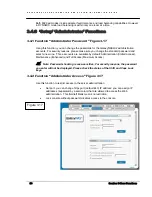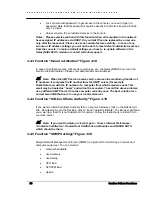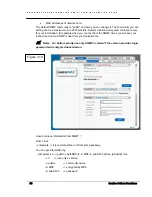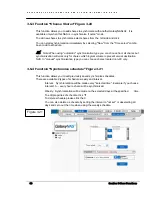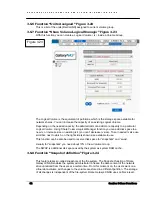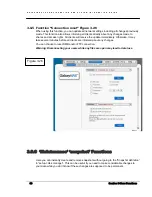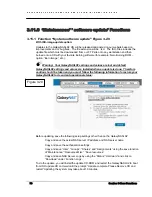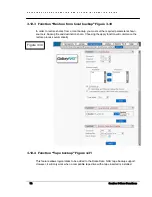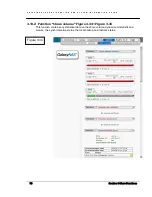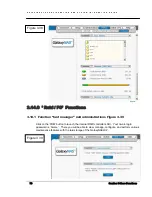
G A L A X Y N A S L X C O N F I G U R A T I O N A N D S Y S T E M I N T E G R A T I O N G U I D E
63
Section 3 Menu Functions
Only when the snapshot is deleted / removed the changes are permanently transferred to the
actual data volume. Through a separate share, which is only available for the administrator (or
backup administrator), a complete backup of the dataset can be done. With the snapshot
technology even a database can be backed up while the users are working on it.
Another application is the acquisition of changes in very serious environments. Subject to the
condition that enough system resources are offered, up to 100 snapshots can be stored for a
long history of the dataset. This option is used at lawyers, notary or software development.
"
Note: The Snapshot function is perfectly transparent for the users in the network.
Only the administrator can work with the Snapshots.
"
Note: Please be generous, when you are calculating the space reserved for
snapshots. If you delete 3 GB of files and restore them, this is handled as 2 actions and
6GB of snapshot space is used up. You should reserve at least 3 times the space of
changes you expect per snapshot. When you run out of space in the snapshot folder,
the snapshot is deleted / removed immediately. You do not lose data in that case, just
the dataset, which is virtual for the users at the moment, will be written to the data
volume. The old dataset, which has been frozen with the snapshot, is not available any
longer.
Snapshots can be activated/deactivated manually or automatically. In the schedule options
"Begin time" and "End time" and day of week are used for automatic snapshots: this is the
Figure 3.24






